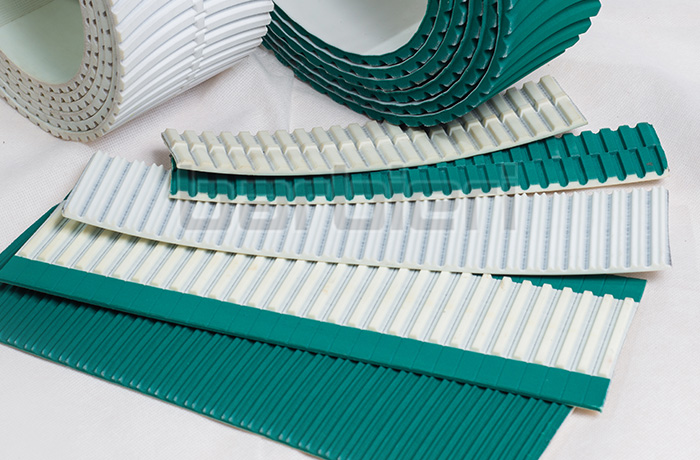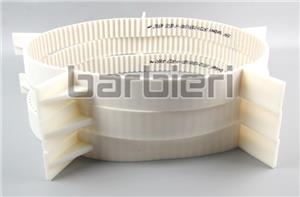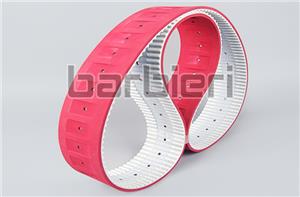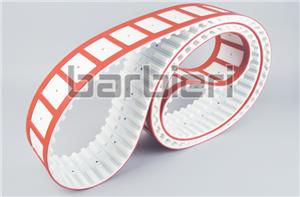Common factors leading to timing belt breakage and how to deal with them
PU Timing belt may break during use, which will affect the normal operation of the equipment. Therefore, it is important to understand the factors that cause the timing belt to break and master the corresponding treatment methods. In order to let everyone better understand what causes the timing belt to break. To find out the reasons for belt breakage, we have sorted out the following common problems:

1. Overload. When the load borne by the mechanical equipment exceeds the carrying capacity of the timing belt, the timing belt may break due to overload. This is usually caused by improper equipment design, improper use or operating errors.
Treatment method: Check the equipment load to ensure that the equipment is operating within the rated load range to avoid overloading causing the timing belt to break. Maintain and inspect the equipment regularly to ensure that the equipment is in good condition.
2. Improper timing belt tension. When the timing belt tension is too high, it will cause the timing belt to overstretch, thereby reducing its service life; when the timing belt tension is too small, it may cause the belt to slip, increasing wear and heat. This will cause breakage.
Treatment method: Adjust the timing belt tension. According to the equipment manufacturer's recommended value, adjust the timing belt tension appropriately to avoid the tension being too large or too small to extend the service life of the timing belt.
3. When the timing belt climbs up the retaining ring, it will break under the influence of the friction force caused by the retaining ring.
Treatment method: It is necessary to try to avoid excessive gaps or too tight fits by adjusting the parallelism of the shaft and rationally designing the retaining ring.
4. The diameter of the Timing pulley is too small. When the diameter of the timing pulley is too small, the wrapping angle of the belt on the pulley will be reduced, which will increase the bending stress on the belt during the transmission process. In the long run, it will eventually cause the belt to fracture.
Solution: The number of transmission meshing teeth needs to be redesigned.
5. The lengths of the timing belts are not equal. If the lengths of a row of timing belts are not equal, the amount of tension endured by each timing belt will also be different, and some will slip or have too much tension. causing the timing belt to wear out, which may eventually lead to breakage.
Solution: Be sure to use timing belts of the same model.
6. Debris or foreign objects falling into the transmission device will form obstacles between the timing belt and the transmission wheel, resulting in abnormal contact between the two. This abnormal contact will increase the workload of the timing belt and may generate frictional heat, which will accelerate the wear and aging of the timing belt and may eventually lead to breakage.
Treatment method: When replacing the device, pay attention to cleaning the dirt and check whether the protective baffle is intact before replacement.

In short, understanding the factors that lead to Synchronous belt breakage and mastering the corresponding treatment methods, regular inspection and maintenance, following operating procedures and taking safety protection measures can effectively prevent the occurrence of timing belt breakage and ensure the normal .




